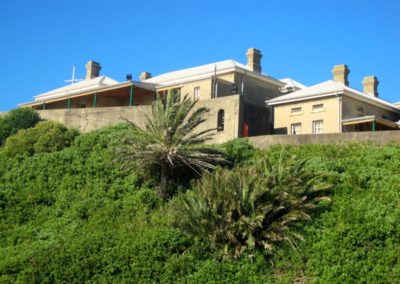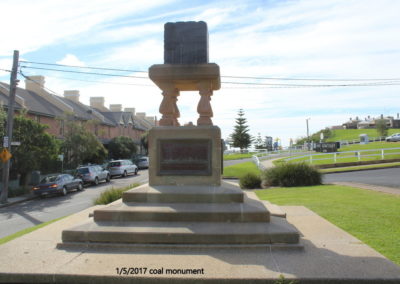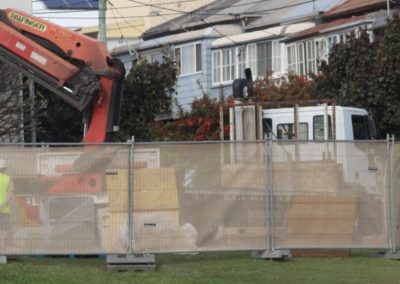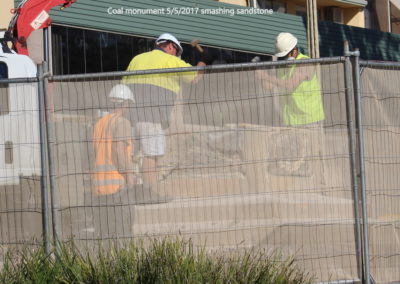Heritage Impact
State and local heritage listings inside the race precinct
Newcastle East is a Heritage Conservation Area with 68 state and locally listed buildings and monuments. The housing stock consists of mostly 120-year old terraces, many constructed with sandstock or convict bricks and lime mortar – usually of a high-maintenance nature. The circuit was not only constructed next to these fragile buildings in record time, but also cut through the Coal River Precinct (CRP), a large area of parkland that includes landmarks such as Nobbys, Macquarie Pier and the southern headland (Colliers Point/Signal Hill and Flagstaff Hill). Wharf Rd, adjacent to Foreshore Park, and Nobbys Rd, under Fort Scratchley, were also significantly widened.
This is an area of significant local heritage value for the city of Newcastle. Coal River was a combination of Aboriginal and immigrant settlements and an example of the two cultures sharing their knowledge and collaborating. It is the birthplace of Australia’s coal mining industry and marks the site of the discovery of coal, and the first modern coal mining undertaken in the Southern Hemisphere. The area is a tourist attraction in its own right.
distance from door to track
While speakers supporting the Newcastle Motor Racing Act went to great lengths to convince the house that the Supercars event would in no way alter the heritage character of the East End, nor change the way in which the area was used and valued, this was an impossible task. The area was denuded of trees, a road was cut though the CRP parkland and heritage buildings were damaged during the fast tracked roadwork. The widening of the precinct’s roads, the replacement of sandstone kerbing with concrete, the bulldozing of land containing artifacts (looted and placed for sale on e-bay) – all impacted on its heritage ambiance and changed the way many people came to value the East End. It is talked about now as an ‘event zone’ rather than a heritage destination. Proof of these changing values was seen immediately in the rise in hooning behavior and the disrespect shown for the area’s heritage assets, such as the moving of the historic Coal Monument.
Number of homes fighting Supercars for damages to property
All this was done though legislative trickery. Although Supercars were required to submit a Section 60 application to the Heritage Office, they misled the Office on a number of key facts. In particular, they significantly understated the extent of the temporary structures to be installed by Supercars in the area’s parklands and the length of time they would be there, obstructing the view and preventing the public from using these public assets.
As the construction work progressed, NERG members learnt that Supercars did not adhere to the conditions of approval set by government departments. Neither Destination NSW, the event Authority, nor the Heritage Office, were prepared to enforce their own conditions of consent. The show had to go on regardless. Work commenced on building the circuit before approval for the event was given. Supercars had not produced an acceptable park rehabilitation plan before work commenced. Neither did Supercars abide by the condition to monitor the vibrations during construction and refrain from using vibration rolling to compress the bitumen when this method was known to produce unacceptable vibration levels. As a result heritage houses were damaged, and the owners still await attention from Supercars’ insurers. Supercars did not abide by the condition to have test runs to monitor vibrations before the event, nor did they re-turf 50% of the road surface through the CRP after the first event as required.
Legislative trickery was also apparent in the passing of the necessary legislation for the required construction work. Special Events legislation, which removes the necessity for an event promoter to put in a development application or abide by local government regulations of environmental legislation, is only possible because our elected representatives claim that these events have only ‘temporary’ impacts. Event promoters are expected to return the area to its original state after the event. The Newcastle Motor Racing Act specifically stated Supercars were responsible for returning the park and streets to the condition they were in before the event, however this was never going to happen. Supercars shifted this responsibility onto Newcastle Council with the signing of the Services Deed. Since council was thereafter made responsible for park rehabilitation, during 2018 council requested the Heritage Office overturn their condition to re-turf the park. They were successful. Council also succeeded in overturning the Heritage Office’s requirement for an extra 50% tree cover. Thus those early promises were overturned to the detriment of the heritage precinct.
Racing high-speed cars through such a fragile location disrespects the values of the past. Our elected representatives either failed to do their due diligence before approving this event, or they were simply happy to pretend that the event was simply for 3 days and life would go on ‘as usual’ after Supercars had been and gone.
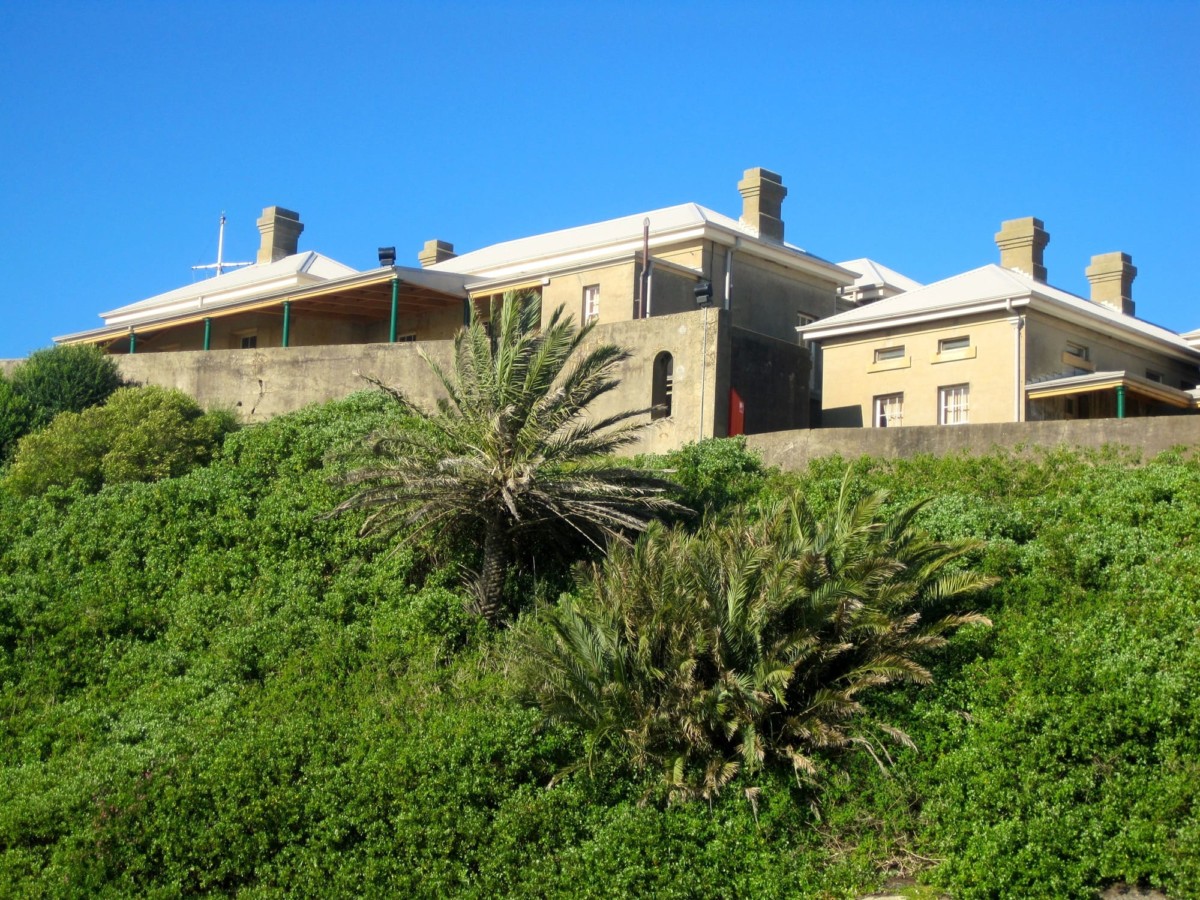
Coal River Precinct divided in half by racetrack
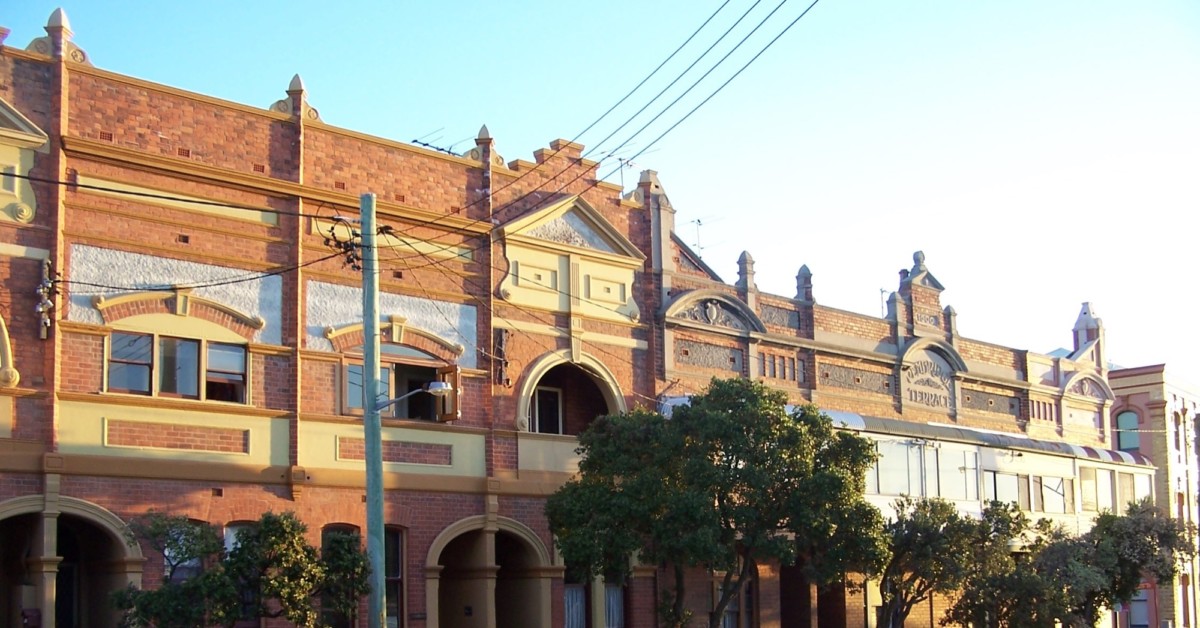
Removed – Jubilee Monument, Sandstone kerbs, cobblestones, diamond brick paving
RELATED DOWNLOADS
WHAT'S THE IMPACT
Explore the different kinds of impact when you are on the WRONG TRACK.
